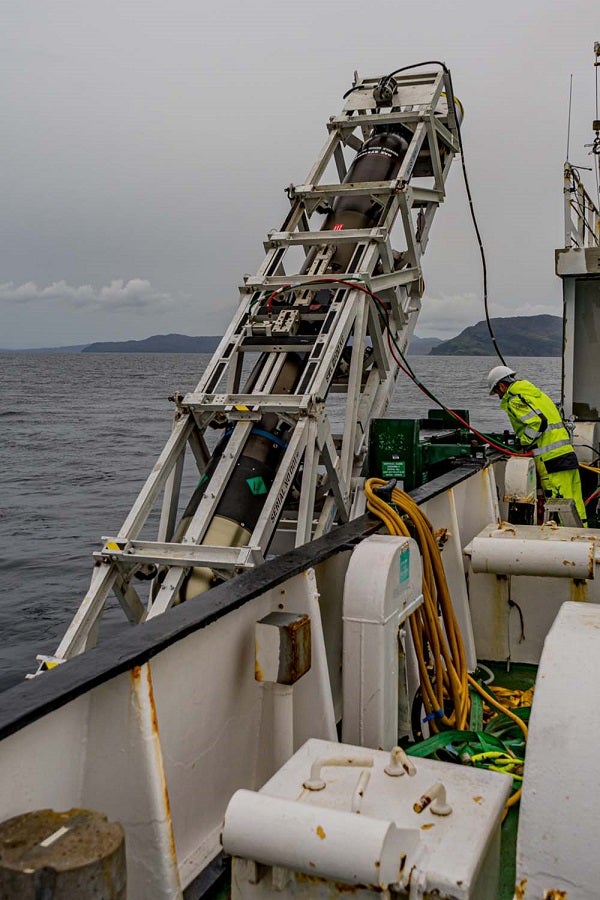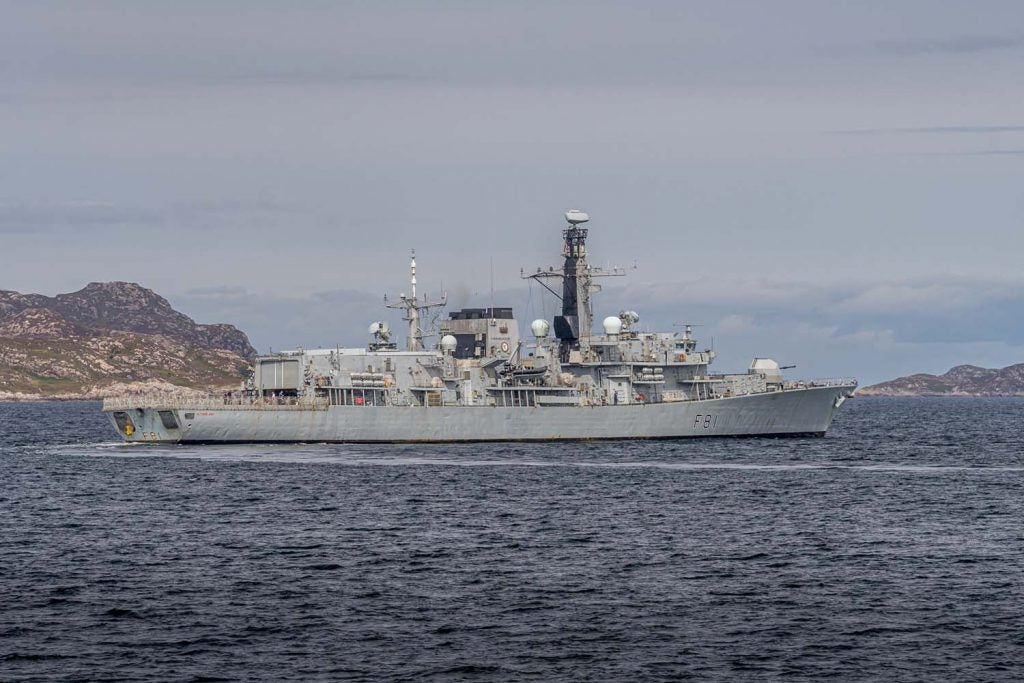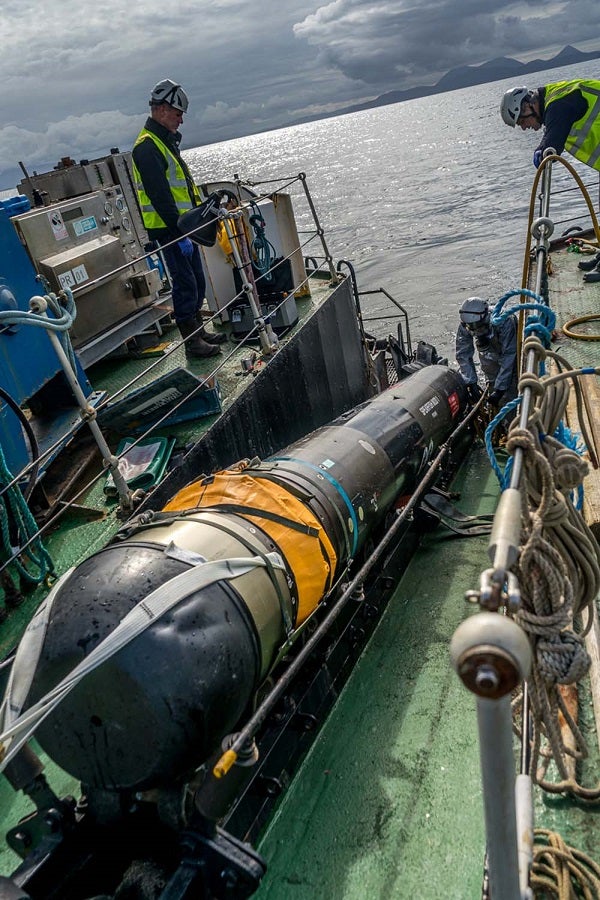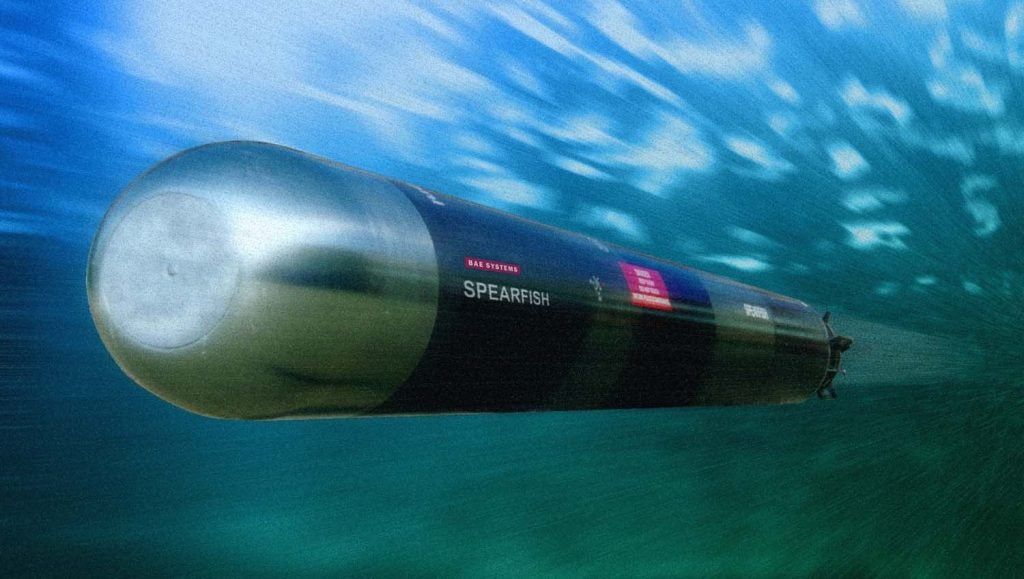Upgraded Spearfish Torpedo Undergoes Trials Against Royal Navy Warship
The Royal Navy has just conducted firing trials against one of its own warships to test new upgrades it is fielding to the service’s Spearfish torpedo. In service since the early 1990s, the Spearfish is the UK Submarine Flotilla’s principal anti-ship-and-submarine weapon and the upgrade will make it, according to the Royal Navy, “the world’s most advanced torpedo”.
The Royal Navy is investing £270 million in upgrading Spearfish, fitting a new warhead, new, safer fuel system, an enhanced electronic ‘brain’ and a new fibre-optic guidance link with its parent submarine to improve its accuracy and lethality. The development has been undertaken over the last six years by BAE Systems.

Testing took place at the British Underwater Test and Evaluation Centre (BUTEC) located between the Isle of Skye and the Scottish mainland. The range is peppered with state-of-the-art sensors, which enabled the engineers and scientists running the trial to assess how well the new torpedo would perform against a live target – HMS Sutherland.

The Sutherland, a Type 23 “Duke” class frigate, is purpose-built to hunt down hostile submarines and as such has a full array of anti-torpedo decoys and tactics at its disposal – all of which were put to the test during the trials.

(UK MoD)
Programmed to run under the ship, the new Spearfish was launched multiple times against the Sutherland over a four day period. Able Seaman Matthew Brown, one of HMS Sutherland’s underwater warfare specialists, stated that:
“During the trial this week we have put our elite training into action, using a variety of underwater sensors to locate and track the weapon. Having one of the most advanced and capable torpedoes in the world fired at you certainly puts the pressure on.”
Final trials of Spearfish will take place at BUTEC later in 2020 before the weapon is declared operational and begins being delivered to the submarine fleet. It will provide the primary weapon for the UK’s hunter-killer and nuclear-deterrent submarines until the 2050s.

